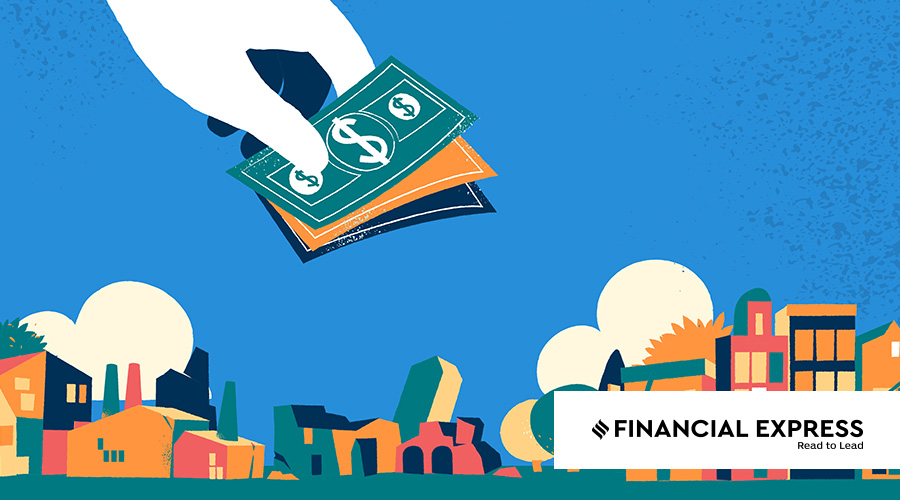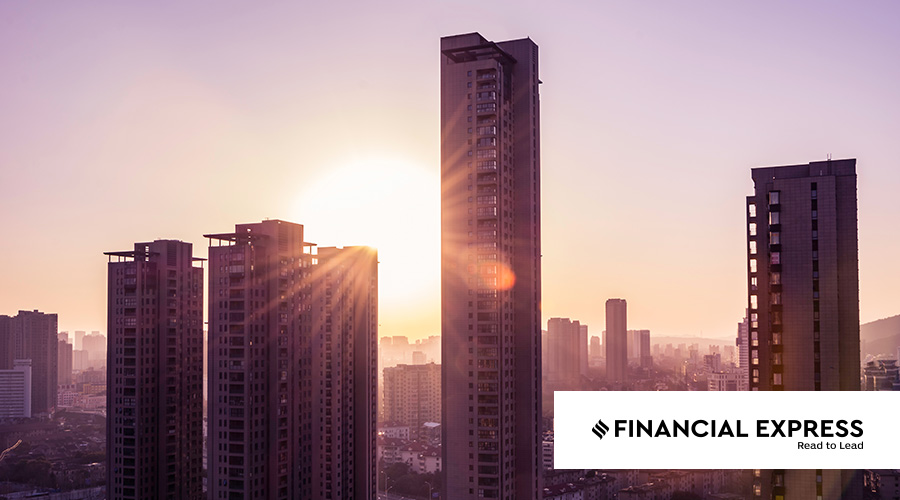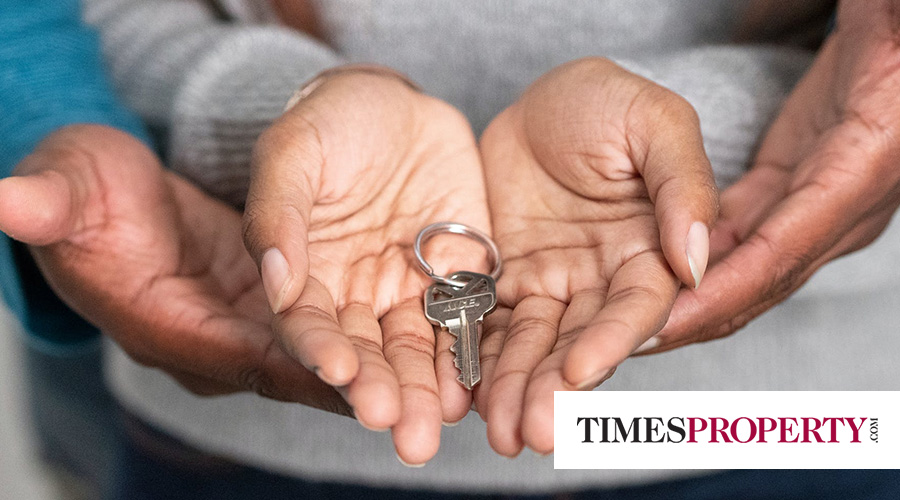
Investment by non-resident Indians (NRIs) in India has revolutionized the Indian real estate industry over the last few years. Today, these investments are shaping the industry for the future and serving as a unifying factor for growth in the short and long run.

In 2024, India’s real estate market is experiencing a significant surge in interest from foreign investors. The nation’s burgeoning economy, coupled with policy reforms and infrastructural development, has positioned India as a lucrative destination for global real estate investment. Several key factors contribute to the growing appeal of India’s real estate sector for international investors.

The real estate sector in India has experienced remarkable growth in 2023 and industry experts anticipate the homebuying sentiment witnessed in 2023 to persist in 2024 also.

The already high demand for second homes in Goa is growing even more. Especially in the luxury segment the demand for homes ranging from Rs 1 crore to Rs 3 crore price band has been on the rise.

The real estate boom in India seems to be a sweet spot for NRI investments. More NRIs are purchasing houses in India. The growth in NRI residential sales, which has risen from 11% to 15%, in a matter of months, underscores this point.

For the first time in India, sales of high-end homes priced above Rs 1 crore have surpassed demand in the affordable segment, priced below Rs 50 lakh, according to a report by real estate consultancy Knight Frank.

The demand for luxurious residences that offer a unique living experience has been growing in the Indian market over the last few years. An increased number of high-net-worth individuals, rapid urbanisation, and rising incomes are just some of the factors contributing to that growth.

A report by real estate firm Anarock found that 71 per cent of NRIs consider investment in the Indian housing market as the best bet, markedly higher than 55 per cent in a pre-Covid edition of the survey.

In India, investing in real estate has historically been seen to have various advantages. And for good reasons. It is feasible to leverage real estate and create wealth via the use of well-chosen assets that provide consistent cash flow, high yields, tax benefits, and diversity of portfolio.

Renting out property comes with its set of challenges for safeguarding the property. If you are considering renting out your property, then here is a checklist to help you expedite the process.